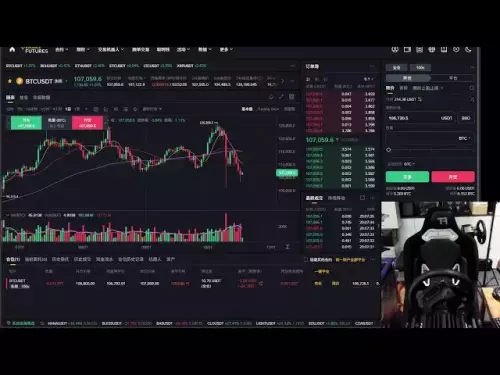-
 bitcoin
bitcoin $106975.071866 USD
-0.29% -
 ethereum
ethereum $3871.670850 USD
-0.07% -
 tether
tether $1.000261 USD
-0.01% -
 bnb
bnb $1084.417621 USD
-0.50% -
 xrp
xrp $2.348167 USD
0.82% -
 solana
solana $185.621736 USD
0.45% -
 usd-coin
usd-coin $0.999833 USD
-0.04% -
 tron
tron $0.313423 USD
0.81% -
 dogecoin
dogecoin $0.188856 USD
0.54% -
 cardano
cardano $0.630416 USD
-0.49% -
 hyperliquid
hyperliquid $36.506353 USD
2.24% -
 ethena-usde
ethena-usde $0.999584 USD
-0.01% -
 chainlink
chainlink $16.750026 USD
-0.77% -
 stellar
stellar $0.313373 USD
0.37% -
 bitcoin-cash
bitcoin-cash $465.978560 USD
-1.57%
What's the difference in signals between a 10 WMA and a 50 WMA?
The 10 & 50 WMA combo helps crypto traders spot trends: the 10 WMA tracks short-term momentum, while the 50 WMA confirms longer-term direction, with crossovers signaling potential reversals.
Oct 16, 2025 at 02:54 pm
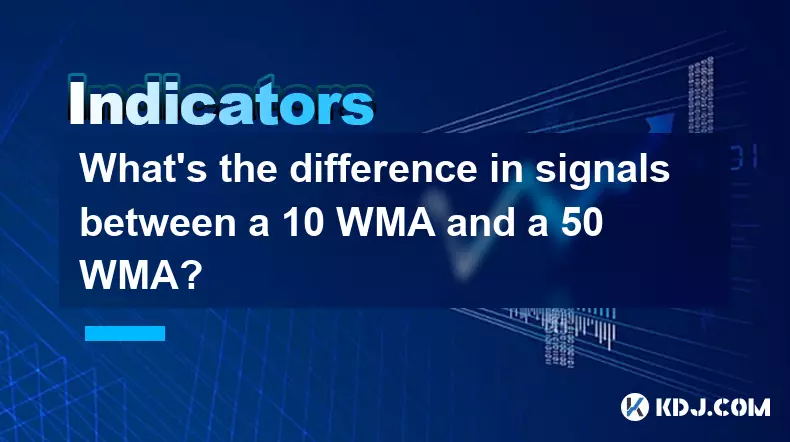
Understanding WMA Basics in Crypto Trading
1. The Weighted Moving Average (WMA) assigns greater importance to recent price data, making it more responsive to new information compared to simple moving averages. In the context of cryptocurrency trading, where volatility is high and trends shift rapidly, this responsiveness becomes crucial for timely decision-making.
2. A 10-period WMA calculates the average price over the last 10 time intervals—such as 10 days or 10 hours—while weighting the most recent period the heaviest and each prior period progressively lighter. This creates a curve that closely follows current market movements.
3. Similarly, a 50-period WMA spans a longer timeframe, incorporating prices from the past 50 intervals. While it still emphasizes recent values, its extended window smooths out short-term fluctuations, filtering noise that could mislead traders.
4. Because of their differing lengths, the 10 WMA reacts much faster to price changes than the 50 WMA. When the price of a cryptocurrency suddenly spikes or drops, the 10 WMA will reflect that shift almost immediately, while the 50 WMA adjusts gradually.
5. Traders often use these two WMAs together to identify both momentum and trend direction. The interplay between them helps distinguish short-term volatility from sustained market moves, offering insight into whether a price change has lasting potential.
Short-Term vs Long-Term Trend Sensitivity
1. The 10 WMA acts as a pulse check on market sentiment. When Bitcoin or Ethereum breaks above its 10 WMA after a dip, it may signal renewed buying pressure. Conversely, falling below can indicate weakening support in the near term.
2. Due to its narrow focus, the 10 WMA generates frequent signals, some of which may be false alarms caused by market noise or manipulation common in low-liquidity altcoins.
3. The 50 WMA serves as a benchmark for medium-term trend health. If the price remains consistently above this line, the broader trend is considered bullish, even if short-term swings occur.
4. Crossovers between the 10 and 50 WMA are closely watched. When the 10 WMA crosses above the 50 WMA, it's known as a 'golden cross' and suggests accelerating upward momentum.
5. A downward crossover—where the 10 WMA dips below the 50 WMA—is referred to as a 'death cross' and often precedes extended bearish phases, especially when confirmed by volume spikes.
Practical Applications in Cryptocurrency Markets
1. Day traders focusing on quick entries and exits rely heavily on the 10 WMA to time their trades. It helps them ride intraday surges in assets like Solana or Cardano without getting caught in reversals.
2. Swing traders holding positions for several days or weeks use the 50 WMA to avoid being shaken out by temporary pullbacks. They may only take long positions when the price is above the 50 WMA and showing strength relative to the 10 WMA.
3. In ranging markets, both indicators tend to flatten and move sideways. During such periods, crossovers lose reliability, and traders might switch to oscillators or volatility-based tools instead.
4. On higher timeframes like daily or weekly charts, the 50 WMA gains more significance. For instance, Bitcoin’s weekly 50 WMA has acted as strong dynamic support during previous bull runs.
5. Combining the 10 and 50 WMA with volume analysis enhances signal accuracy. A golden cross accompanied by rising trading volume in Binance Coin, for example, carries more weight than one occurring on low volume.
Frequently Asked Questions
How do I apply the 10 and 50 WMA on a crypto chart?Most trading platforms like TradingView or Binance allow users to add WMAs through the indicators menu. Select “Weighted Moving Average,” set the period to 10 and then again to 50, and apply both to the chart. They will appear as two lines overlaying the price action.
Can the 10 WMA alone be used for buy/sell decisions?Yes, but with caution. The 10 WMA provides fast signals ideal for short-term plays, yet it produces many whipsaws in choppy markets. It works best when combined with other confirmation tools such as RSI or MACD.
Why does the 50 WMA sometimes act as support or resistance?Because so many traders watch the 50 WMA, it becomes a self-fulfilling level. Buyers often step in when price approaches it from above, anticipating a bounce, while sellers emerge when it's tested from below, creating psychological barriers.
Are WMAs better than EMAs in crypto trading?Not necessarily. Both emphasize recent prices, but WMAs use a linear weighting scheme, whereas EMAs apply exponential smoothing. Some traders prefer WMAs for their simplicity, while others favor EMAs for slightly faster reaction times. Preference depends on strategy and timeframe.
Disclaimer:info@kdj.com
The information provided is not trading advice. kdj.com does not assume any responsibility for any investments made based on the information provided in this article. Cryptocurrencies are highly volatile and it is highly recommended that you invest with caution after thorough research!
If you believe that the content used on this website infringes your copyright, please contact us immediately (info@kdj.com) and we will delete it promptly.
- XRP Price, Ripple, and AlphaPepe: A Tale of Two Crypto Worlds
- 2025-10-19 08:25:15
- Bitcoin Fear Index, Crypto, and the Rebound: What's a New Yorker to Do?
- 2025-10-19 08:25:15
- FET Plunge, Rally, Forecasts: Decoding the AI Crypto's Next Move
- 2025-10-19 09:05:13
- Cardano Analyst's Key Move: $5 ADA by 2026?
- 2025-10-19 08:30:16
- Bitcoin, SUI, and Crypto Presales: Navigating the NYC Crypto Scene
- 2025-10-19 08:45:13
- Meme Coin Presales: Will the Next One Explode?
- 2025-10-19 08:30:16
Related knowledge
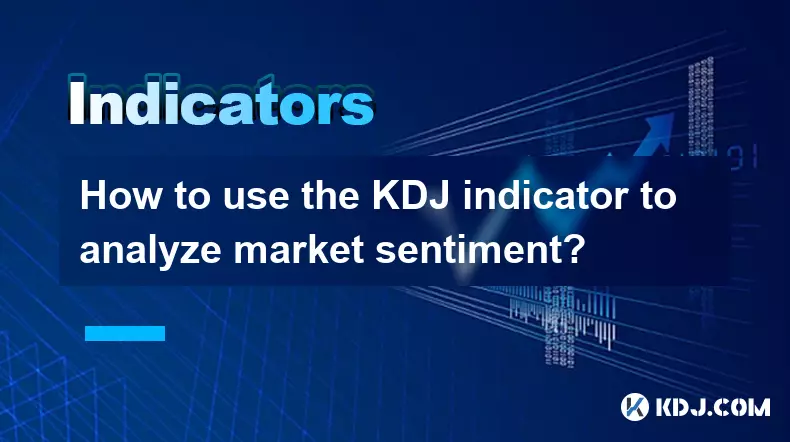
How to use the KDJ indicator to analyze market sentiment?
Oct 18,2025 at 07:18pm
Understanding the KDJ Indicator in Cryptocurrency Trading1. The KDJ indicator, also known as the Stochastic Oscillator, is a momentum-based technical ...
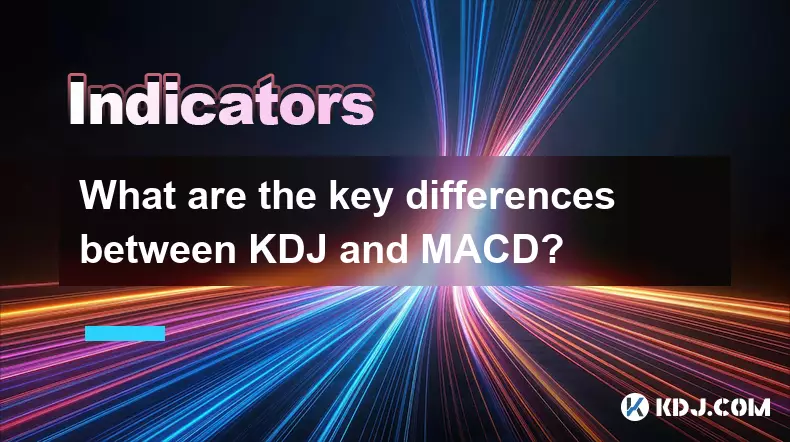
What are the key differences between KDJ and MACD?
Oct 18,2025 at 04:54am
KDJ Indicator: Core Mechanics and Usage1. The KDJ indicator is a momentum oscillator that combines the features of the Stochastic Oscillator with an a...
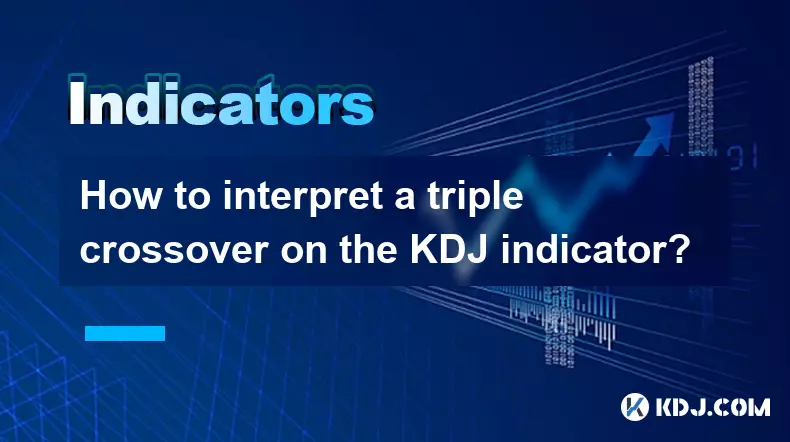
How to interpret a triple crossover on the KDJ indicator?
Oct 18,2025 at 01:54pm
Understanding the Triple Crossover in KDJ Indicator1. The KDJ indicator, a derivative of the Stochastic Oscillator, consists of three lines: K, D, and...
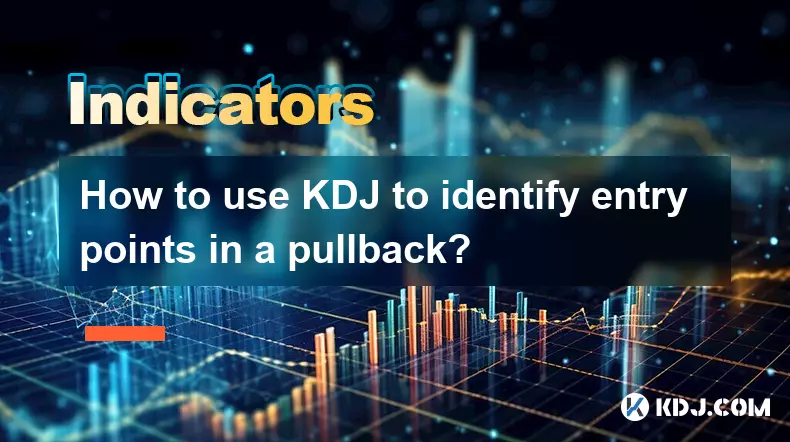
How to use KDJ to identify entry points in a pullback?
Oct 18,2025 at 09:36am
Understanding KDJ in the Context of Pullbacks1. The KDJ indicator, an extension of the stochastic oscillator, consists of three lines: %K, %D, and %J....
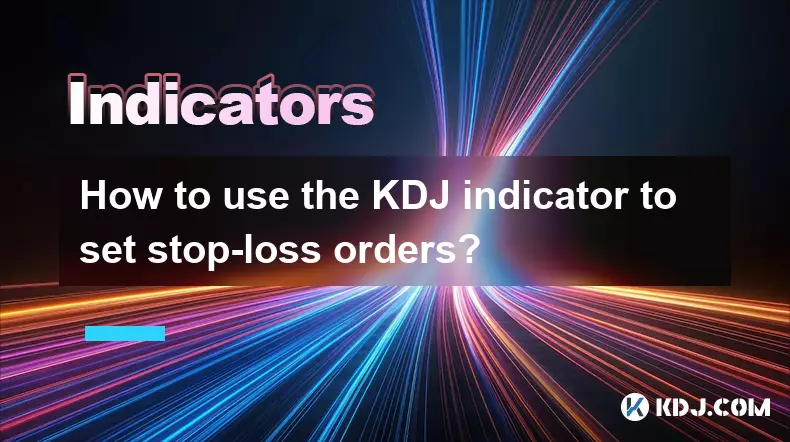
How to use the KDJ indicator to set stop-loss orders?
Oct 18,2025 at 05:18am
Understanding the KDJ Indicator in Cryptocurrency Trading1. The KDJ indicator, also known as the Stochastic Oscillator with J-line adjustment, is wide...
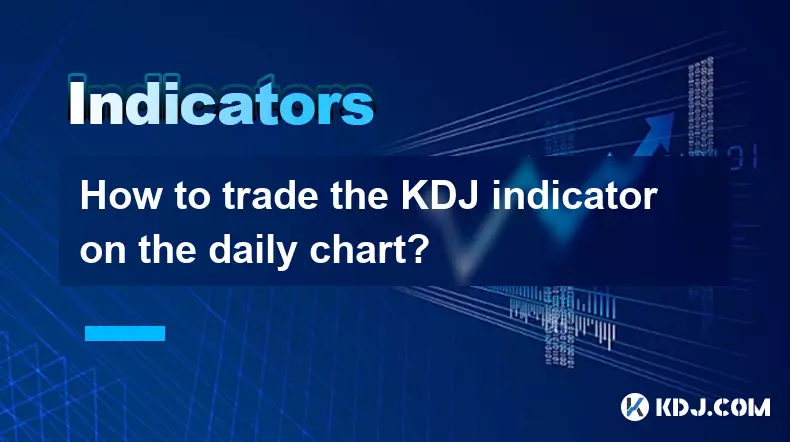
How to trade the KDJ indicator on the daily chart?
Oct 19,2025 at 06:36am
Understanding the KDJ Indicator in Cryptocurrency Trading1. The KDJ indicator is a momentum oscillator that combines elements of the Stochastic Oscill...

How to use the KDJ indicator to analyze market sentiment?
Oct 18,2025 at 07:18pm
Understanding the KDJ Indicator in Cryptocurrency Trading1. The KDJ indicator, also known as the Stochastic Oscillator, is a momentum-based technical ...

What are the key differences between KDJ and MACD?
Oct 18,2025 at 04:54am
KDJ Indicator: Core Mechanics and Usage1. The KDJ indicator is a momentum oscillator that combines the features of the Stochastic Oscillator with an a...

How to interpret a triple crossover on the KDJ indicator?
Oct 18,2025 at 01:54pm
Understanding the Triple Crossover in KDJ Indicator1. The KDJ indicator, a derivative of the Stochastic Oscillator, consists of three lines: K, D, and...

How to use KDJ to identify entry points in a pullback?
Oct 18,2025 at 09:36am
Understanding KDJ in the Context of Pullbacks1. The KDJ indicator, an extension of the stochastic oscillator, consists of three lines: %K, %D, and %J....

How to use the KDJ indicator to set stop-loss orders?
Oct 18,2025 at 05:18am
Understanding the KDJ Indicator in Cryptocurrency Trading1. The KDJ indicator, also known as the Stochastic Oscillator with J-line adjustment, is wide...

How to trade the KDJ indicator on the daily chart?
Oct 19,2025 at 06:36am
Understanding the KDJ Indicator in Cryptocurrency Trading1. The KDJ indicator is a momentum oscillator that combines elements of the Stochastic Oscill...
See all articles





















![[4K 60fps] Astral by oc3andark (1 Coin) [4K 60fps] Astral by oc3andark (1 Coin)](/uploads/2025/10/19/cryptocurrencies-news/videos/k-fps-astral-ocandark-coin/68f438453fa33_image_500_375.webp)


